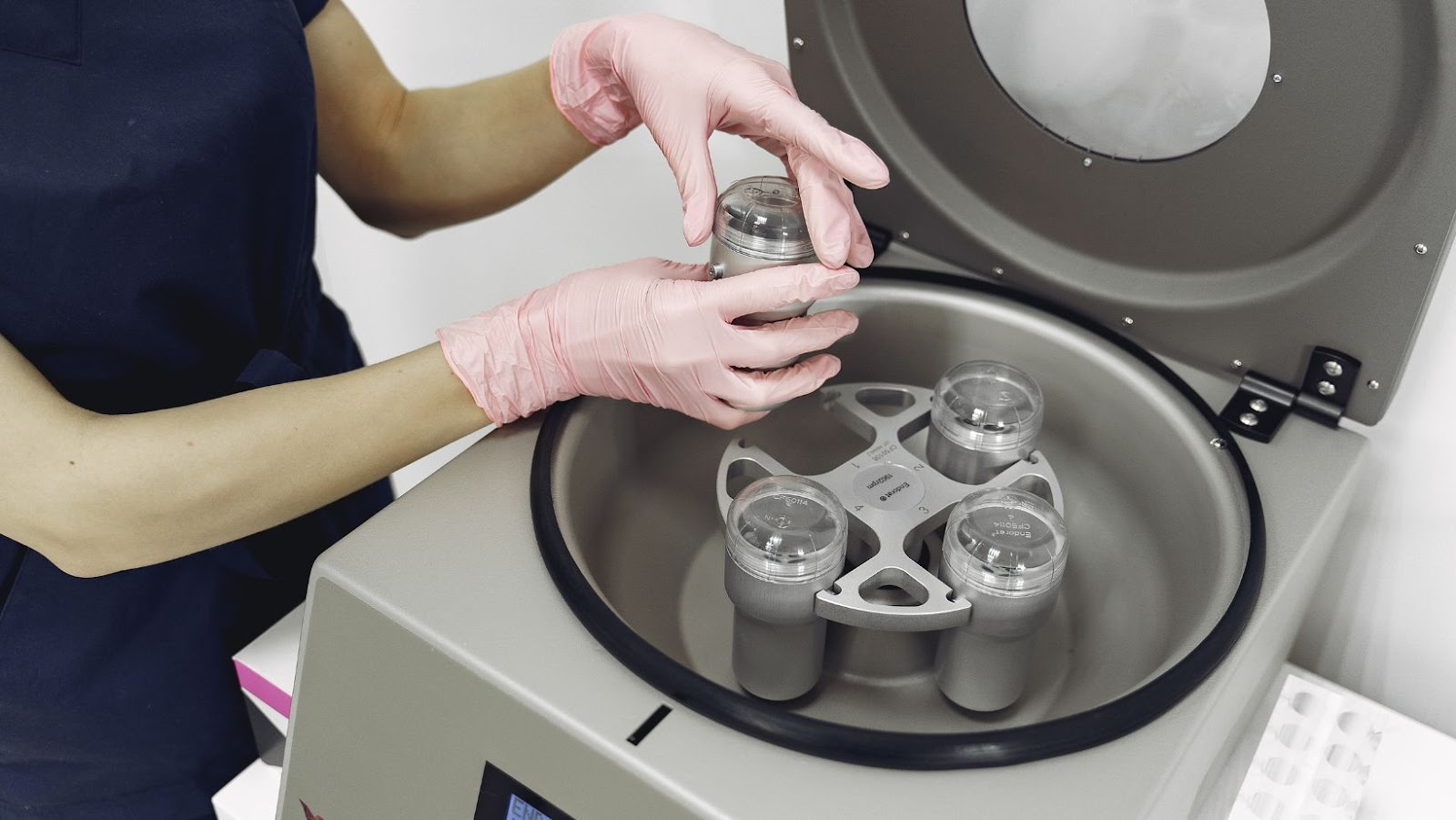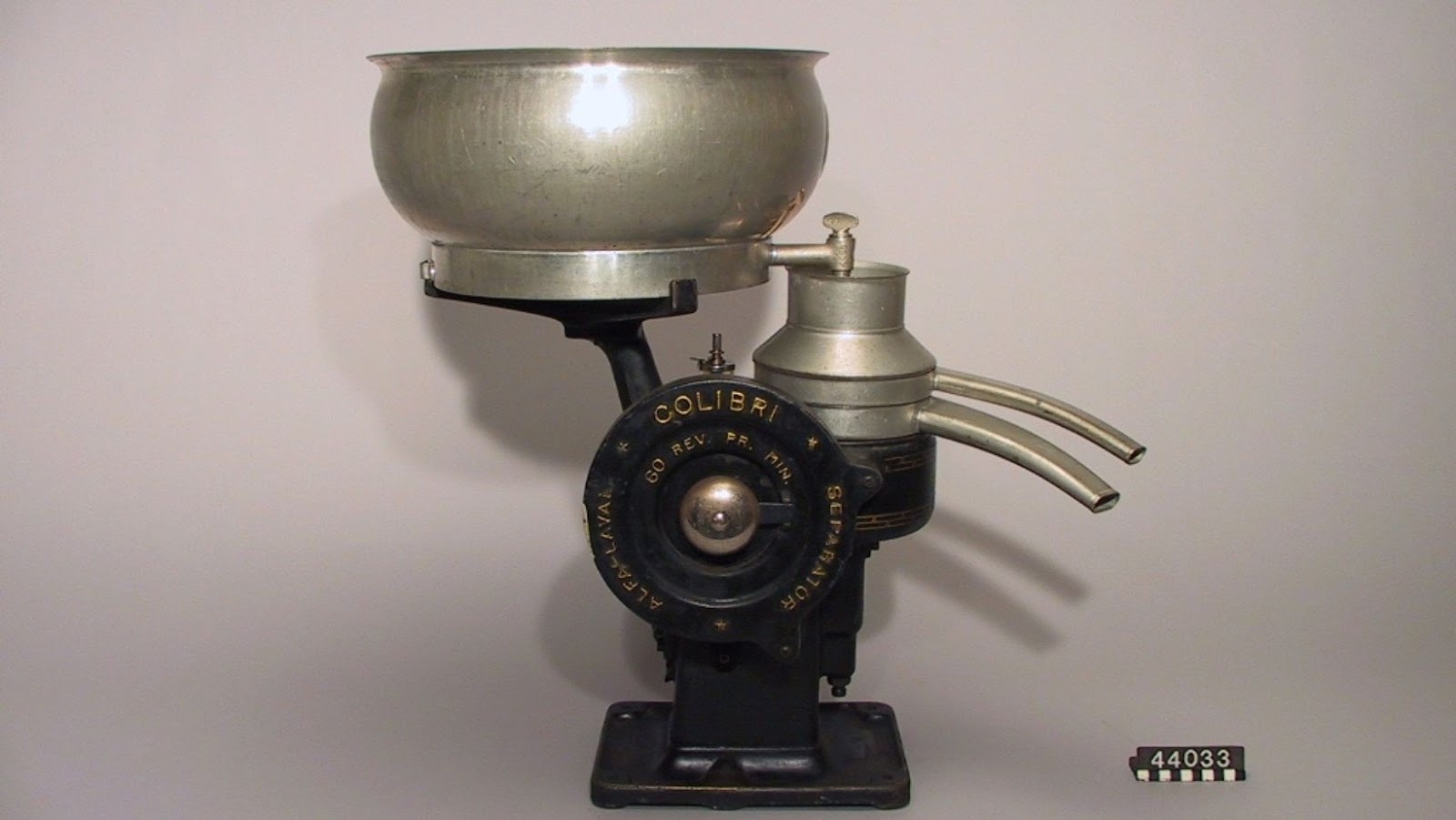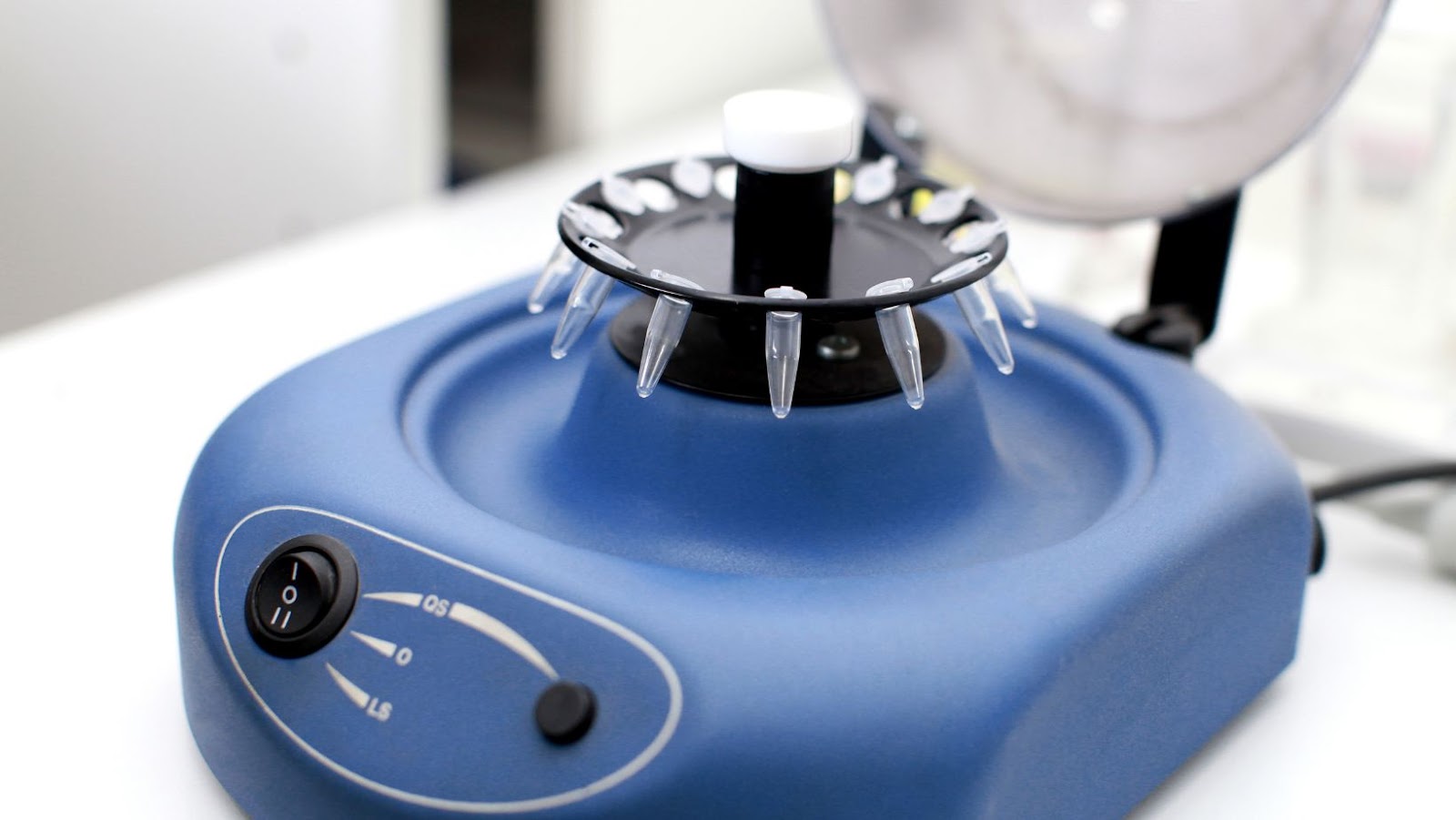
How Can a Cream Separator Help You Get the Perfect Cream-to-Milk Ratio: Achieving Dairy Perfection Made Easy
Are you looking to improve your dairy production and get a consistent cream-to-milk ratio? A cream separator can be an important tool to achieve that balance. This machine works by spinning raw milk at high speeds, effectively separating cream from the milk. Adjusting the settings allows you to control the amount of cream you extract, helping you consistently produce high-quality butter and cream.
Mastering this balance is important for those involved in dairy farming or even small home operations. With a cream separator, you not only gain control over the cream content but also prolong the freshness of your milk, allowing it to last longer for various uses.
Choosing the right separator can be a game-changer for your dairy products. From small-scale options to models ideal for larger operations, there are many choices available. Finding the right fit will help streamline your process and improve the quality of your dairy products.
Understanding Cream Separation
Cream separation involves using centrifugal force to separate cream from milk. It guarantees a consistent cream-to-milk ratio and plays a key role in producing high-quality dairy products. This section explores the basic principles, the mechanical process involved, and the factors that can affect the quality of the cream obtained.
Basics of Cream Separation
In cream separation, milk is divided into cream and skim milk. Naturally, the cream rises to the top due to its lower density compared to skim milk.
A cream separator uses centrifugal force to speed up this natural process. Milk enters a rotating container, and as it spins, the heavier skim milk moves outward while the lighter cream collects in the center. This simple mechanism allows for quick and efficient separation of cream and milk. Understanding these basics allows you to appreciate the technology that can consistently yield high-quality cream.
Mechanical Separation Process
During mechanical separation, the milk is poured into a bowl with a set of discs. These discs spin rapidly, creating centrifugal force. The cream, being lighter, moves towards the center, while the heavier skim milk is pushed outwards.
The separated cream and milk are then collected through different outlets. The speed and configuration of the machine can influence the separation efficiency. Regular maintenance and proper calibration are important for optimal performance. This method is widely used because it improves the speed and efficiency of traditional separation methods, leading to higher productivity.
Factors Influencing Cream Quality
Several factors can impact the quality of the cream produced. The fat content of the milk is one key consideration; higher fat content usually results in a richer cream. The temperature of the milk also plays a role, as warmer milk can sometimes separate more efficiently.
The quality and cleanliness of the separator are also important, as any residue or buildup can affect the taste and quality of the cream. Regular cleaning and maintenance guarantee that the cream stays fresh and flavorful. By paying attention to these factors, you can achieve a consistent and high-quality cream-to-milk ratio.
Optimizing Cream-to-Milk Ratio
To achieve the perfect cream-to-milk ratio, it’s important to know how to set up and maintain your cream separator.

Understanding the adjustments, efficiency, and types of separators will help you get the results you want.
Adjusting Separator Settings
Fine-tuning your cream separator can greatly affect the cream-to-milk ratio. The cream separation screw controls how much butterfat is taken from the milk. Setting this screw correctly is important. For certain models, turning the screw 1-2 turns from the bottom can make a difference. Experiment with these settings to find what works best for your desired cream consistency. Monitoring your adjustments helps guarantee consistent performance.
Regular checks on these settings will help prevent over-skimming or under-skimming of cream. This hands-on approach allows you to adjust the ratio as needed while catering to specific milk types or batch variations.
Maintaining Separator Efficiency
Efficiency in your separator is key to maintaining a proper cream-to-milk ratio. Avoid overfeeding or underfeeding the centrifuge since this impacts the fat separation process. Keep the equipment clean to prevent blockages that can alter ratio outcomes.
Regular maintenance guarantees the machine operates at its best. This involves inspecting for wear and tear and replacing any worn parts. You should also keep an eye on flow rates; reduced flow can allow fat globules more time to rise, affecting the separation process.
Cream Separator Types and Their Impact on Ratios
Different types of separators influence the cream-to-milk ratio. Centrifugal separators are common and use speed to separate cream from milk.

Their settings allow you to adjust the thickness of the cream produced. Other models may have varying capabilities and specifications.
Each type might handle milk with different fat contents, which affects the final cream texture. Understanding the strengths and limitations of your chosen separator will help you manage the ratio more effectively. Make sure you familiarize yourself with the model you’re using and how it impacts the separation process.
Conclusion
Using a cream separator is a practical way to achieve the perfect cream-to-milk ratio. It allows you to control how much cream is removed, leading to high-quality butter and cream.
These machines use forces like centripetal and buoyancy to efficiently separate fat globules from milk. This results in cream with a higher butterfat content, which is important for dairy production success.
By adjusting the cream-to-milk ratio, you can extend the shelf life of milk products. It also offers flexibility for various dairy needs.
Overall, a cream separator makes your dairy processing more efficient, helping you produce consistent and quality products.



